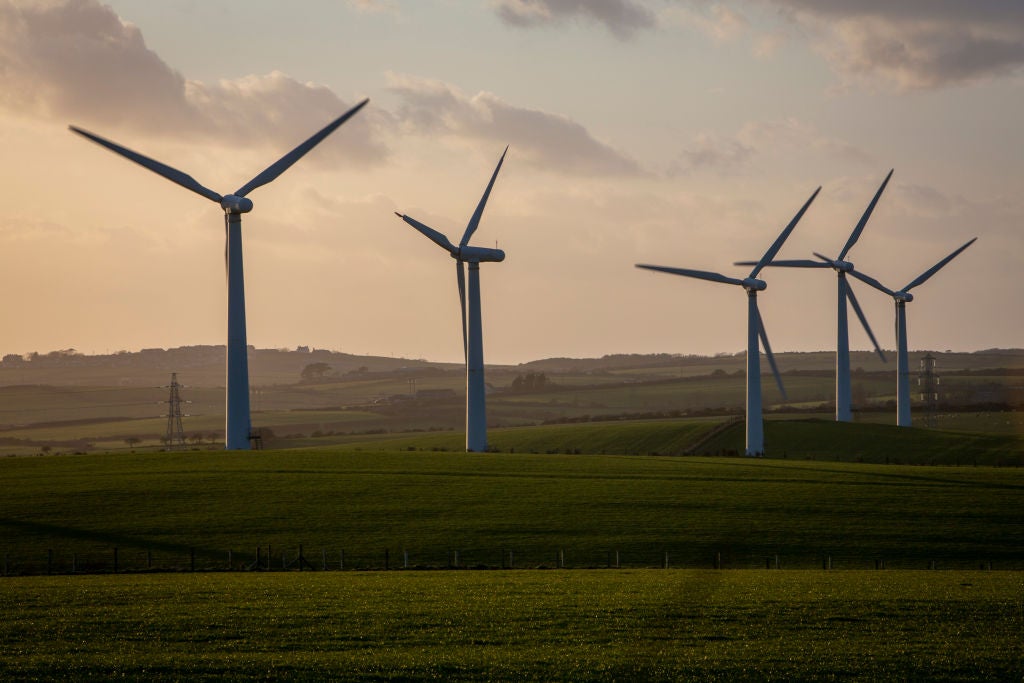The energy transition is picking up with Europe setting a target of 68% renewables in the electricity mix by 2030. Around 450GW of wind power is needed to reach this target, while just 189GW were installed at the end of 2021.
Earlier Energy Monitor analysis showed that wind speeds are changing and there is a need to understand these changes for future investments. While assessments of climate change impacts often focus on how they will affect global temperature, the implications go far beyond that.

Renewables such as wind and solar power are inherently dependent on the weather. Low European wind speeds in the summer and autumn of 2021 affected generation to the point where it was partly blamed for the resulting energy crisis.
With an increasingly important role for wind energy in the renewable energy mix, understanding how and where these wind changes occur has important implications for future wind projects and generation.
New Energy Monitor analysis shows there is more onshore wind capacity in the pipeline in areas that show positive historic wind speed changes. A total of 880 projects with a capacity of around 47,000MW are in the pipeline for areas with increased wind speeds, compared with a capacity of 25,000MW in areas with decreased wind speeds.
The UK, Sweden (where some of the biggest projects are planned) and Finland have the greatest planned capacity in areas with increased wind speeds. Spain, the host of WindEurope's 2022 annual conference in Bilbao, has the most capacity planned in areas with decreased wind speeds but also has the fourth-most capacity in areas with increased wind speeds.
[Keep up with Energy Monitor: Subscribe to our weekly newsletter]
Only taking into account current wind speeds – and not how climate change may affect them – could disadvantage future energy generation and European security of supply.
A study of global energy wind resources from 2017 states that “assessments of wind energy resources are usually based on today’s climate”, rather than considering future possible changes.
Predicting how wind speeds will change is complex. For three decades, global average wind speeds decreased, before picking up again in 2010. The researchers from a study that looked into this believe that in the short term, the average global wind speed will keep increasing. However, they also warn that in the long term, no one knows what will happen.
Researchers attempting to predict how climate change will affect wind speeds in specific locations are facing difficulties. Their conclusions differ depending on the climate models and scenarios used.
For example, a study from 2010 foresees no considerable wind speed changes in northern Europe that could affect energy generation. However, a study from 2018 predicts the opposite: that wind speeds in the Northern Hemisphere, including in Scandinavia, Finland and the UK, will decrease over time.
Despite the lack of consensus, there is agreement that seasonal variation is important, with decreasing wind speeds in summer and increases in winter. In addition, extreme weather events will become more common and there is likely to be a larger number of low wind events.
This suggests a need for more storage and backup to ensure security of supply. Beyond that, researchers recommend dispersing wind farms over a larger geographical area to counter local wind variation and adding more installed capacity to existing locations to build resilience. Above all, they call for more studies into wind speeds. Governments and companies need more than historic wind data to deliver optimal return on investment.



